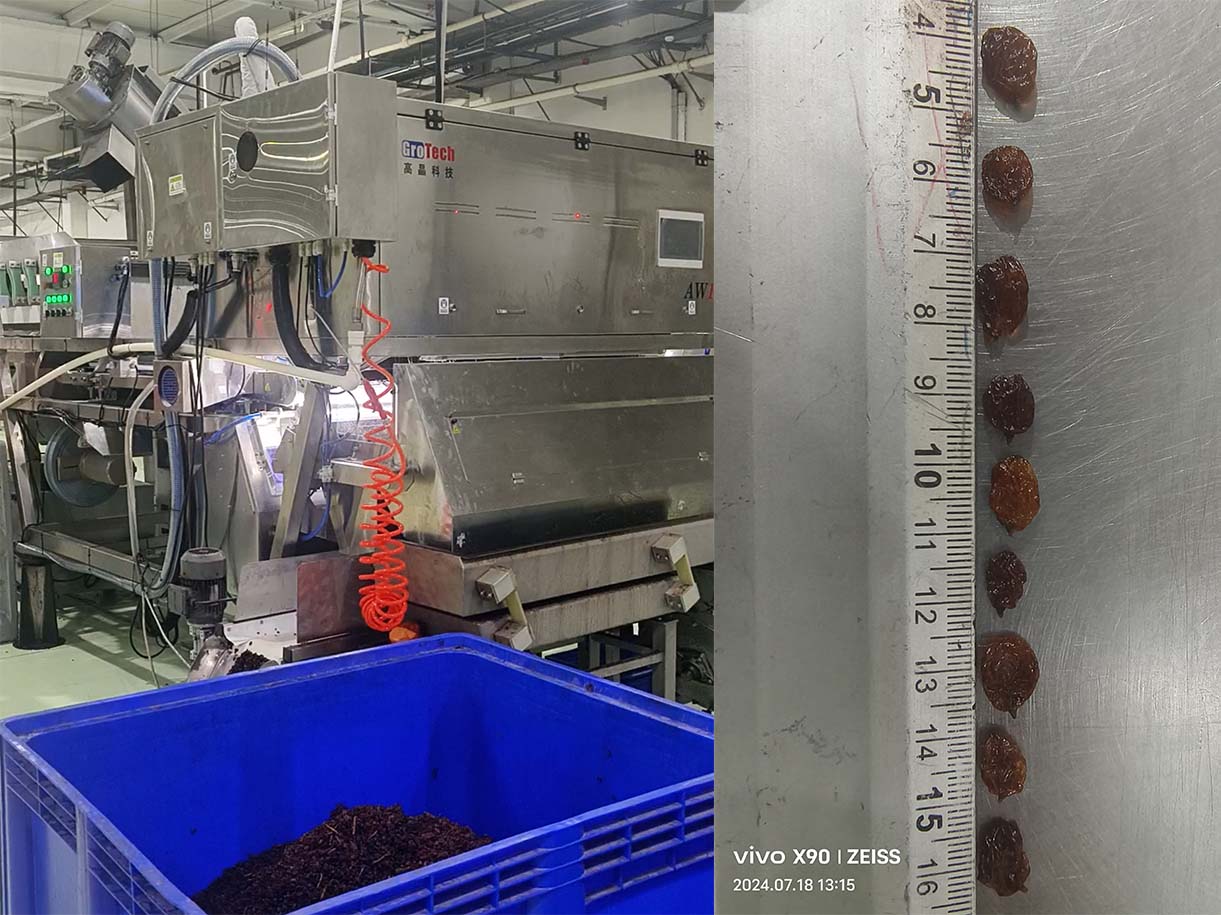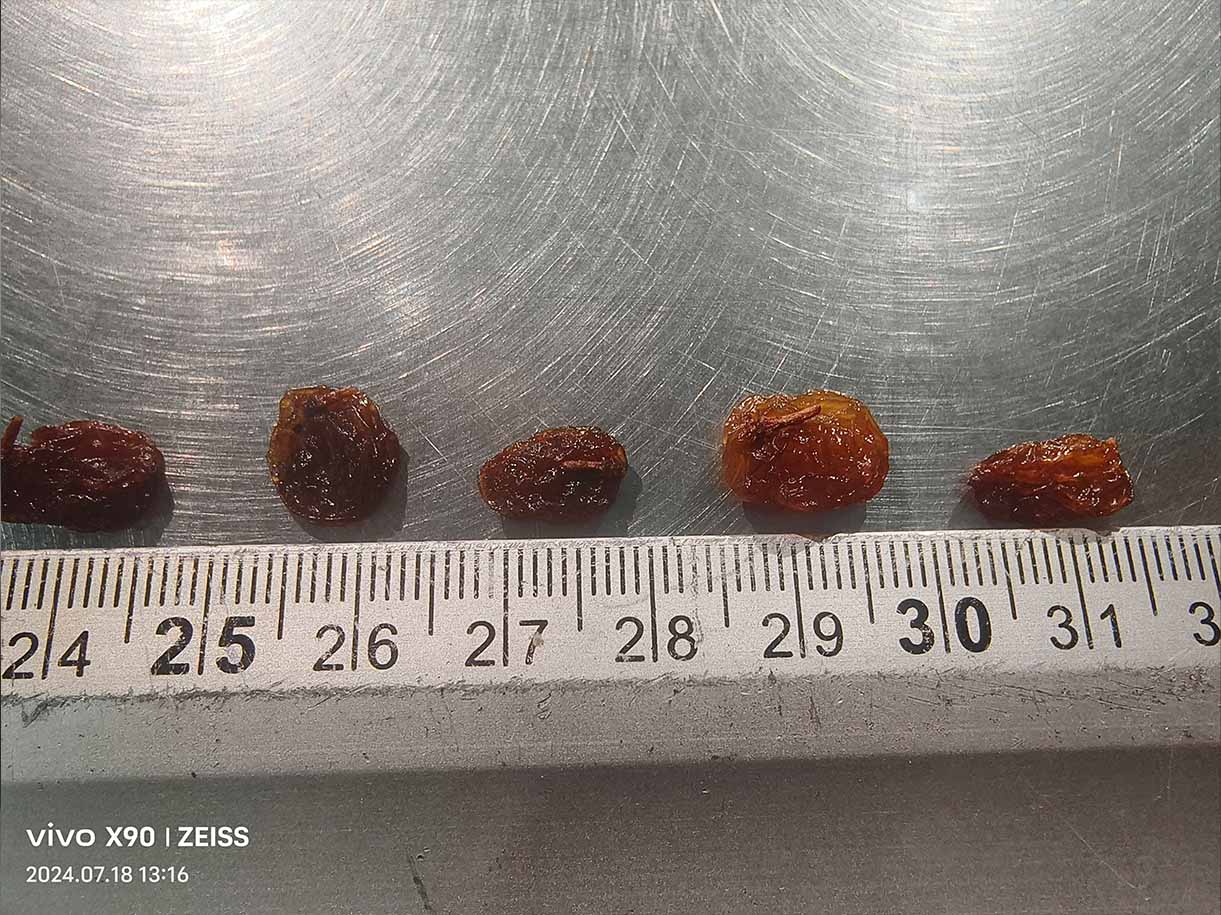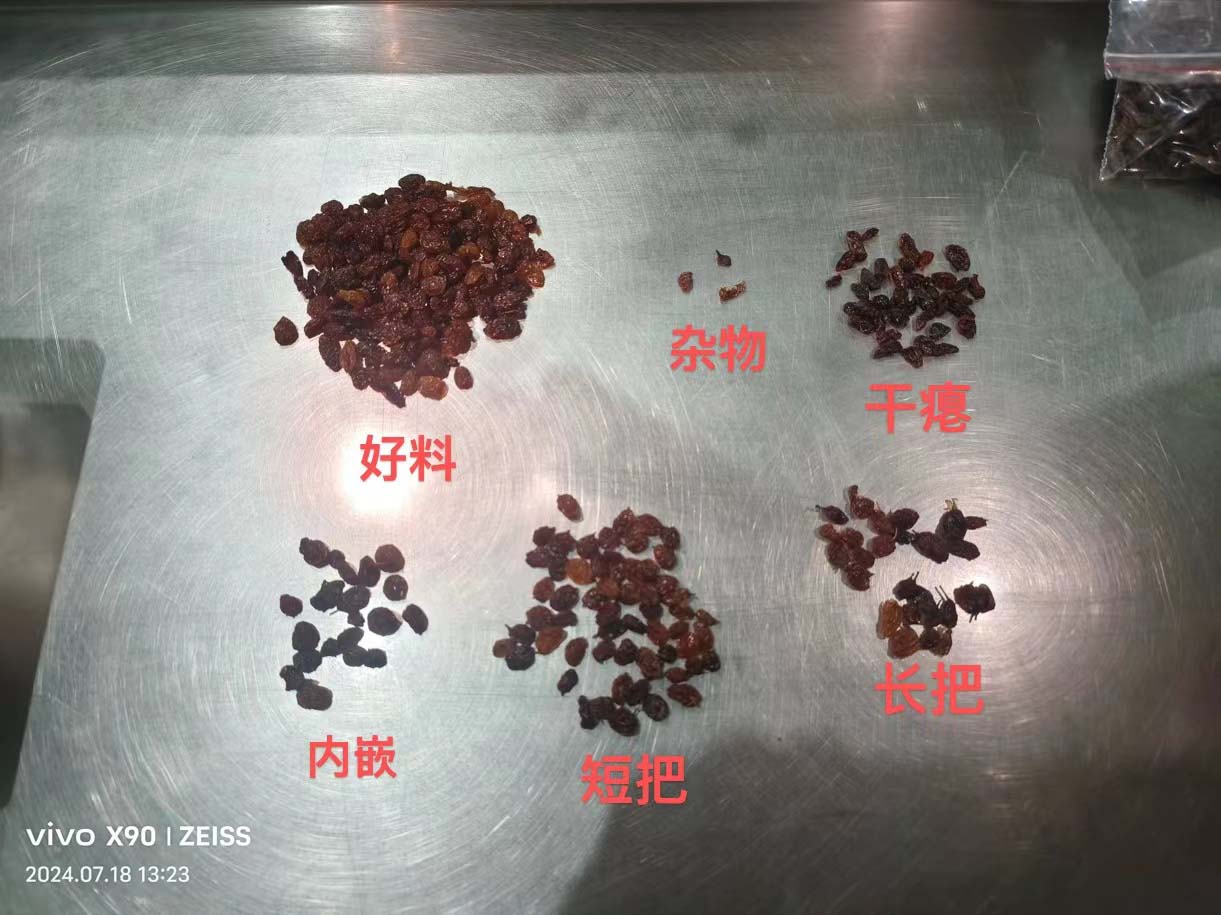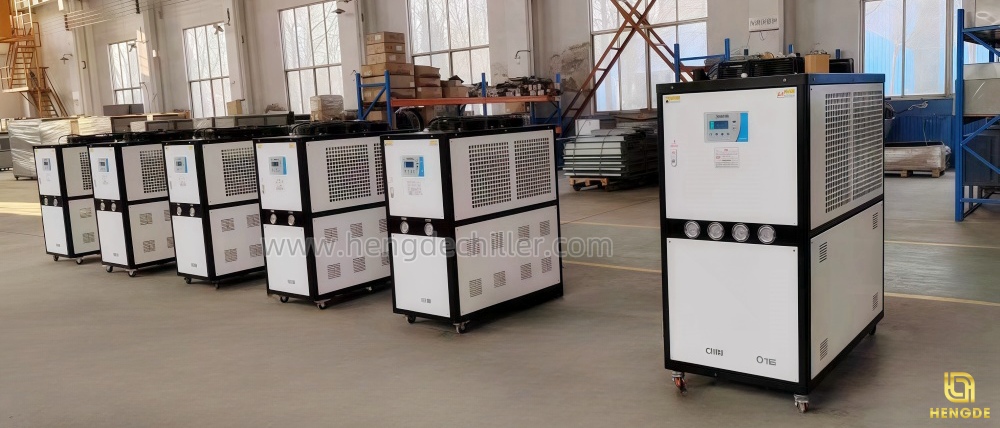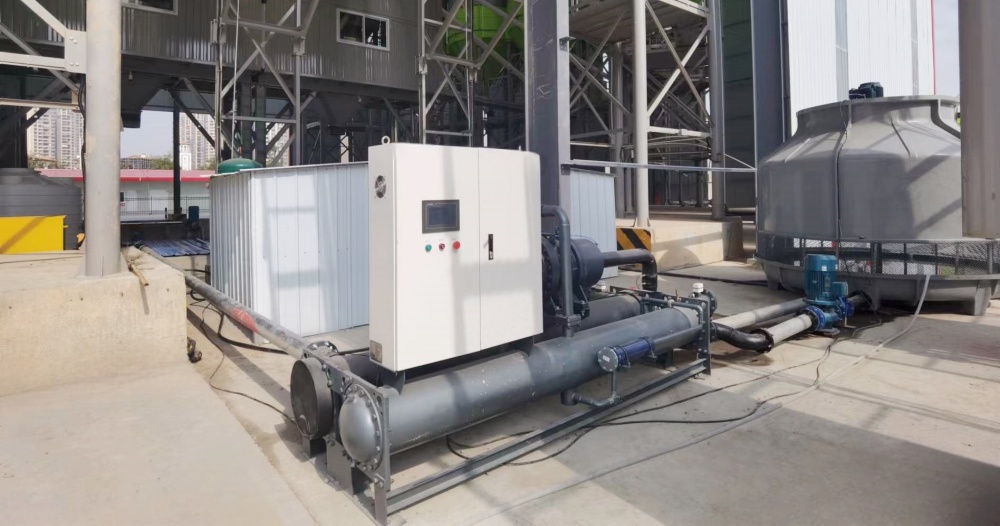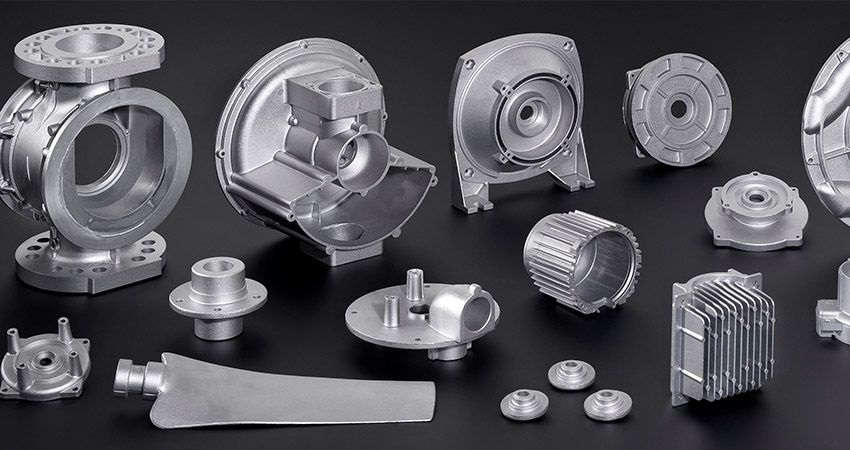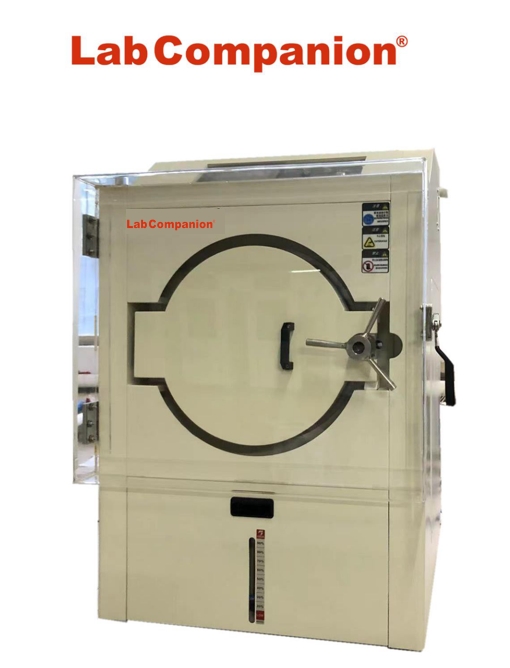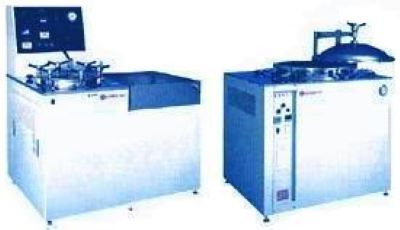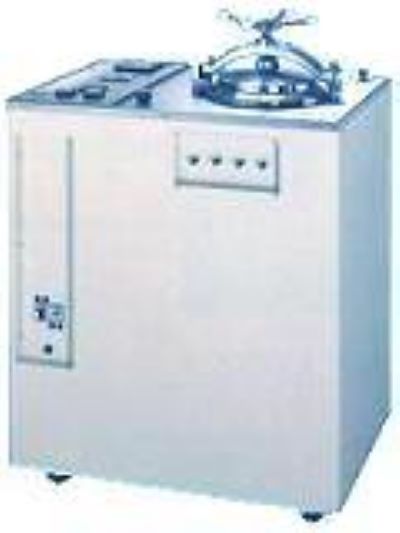This machine can be used to test the bursting strength and height of woven, knitted, non-woven fabrics, paper or sheets. The instrument uses hydraulic blasting to act on a specific area of rubber film, and then acts on the sample to force the fabric to burst.
Principle: A digital burst strength tester can detect the burst strength of knitted fabrics, apply oil pressure to a rubber membrane in a specific area, and then force the fabric to burst. This instrument is equipped with a pressure display, peak hold record and peak upper limit setting, replaceable rubber diaphragm, and manual clamping device.
Comply with standards: ISO 13938-1/3689/3303/2758, ERT 80-4-20, ASTM D3786 BS 3137/3424(PT6)/4768, GB/T 7742.1
Features:
①.Full test area support, suitable for different standard requirements, in line with the GB standard with a maximum test area of 100cm2; ②. Support PC-side online communication, statistical analysis of results, and test reports can be printed; ③. Pneumatic clamps, the clamping force is firm and even , can be applied to clamping various materials in an all-round way; ④. The test results are richly expressed and can display such as: bursting strength, bursting strength, diaphragm pressure, bursting height, bursting time; convenient for quality control personnel to fully understand bursting performance of the sample.
Test steps: Place all samples under the standard atmospheric conditions required by the standard to adjust humidity and balance, and prepare test samples of the required size.
①. Manual test:
1. Installation of test sample. Place the humidity-adjusted sample into the middle and lower part of the clamp, and tighten the sample along the plane to avoid wrinkles. Place the test cup above the test sample
2. Rotate the handwheel clockwise at a speed of 120 rpm until the sample breaks. Stop rotating the handwheel at the moment the sample breaks. After the sample breaks, quickly loosen the clamp ring on the sample. Rotate the hand lever counterclockwise to the starting point to relax the film. Record the pressure required to expand the film and record the total pressure required for the sample to break. . NOTE If the dial shows that the pressure has stopped rising but the sample has not ruptured, push the lever to remove the pressure. Record the elongation of the sample beyond the measuring limit of the testing machine.
② Automatic test:
Place the humidity-adjusted sample into the middle and lower part of the clamp, and tighten the sample along the plane to avoid wrinkles. Place the test cup above the test sample and move the operating handle to the left to expand the film. While the membrane expands, hold the latch on the lower or right side of the operating lever. When the sample breaks, try to rotate the latch so that the operating lever returns to the middle position. Record the total pressure required to rupture the sample. After the sample breaks, quickly loosen the clamp ring on the sample, swing the latch to its normal position, remove the pressure on the membrane, push the operating lever to the right, and record the pressure required to expand the membrane.

Email: hello@utstesters.com
Direct: + 86 152 6060 5085
Tel: +86-596-7686689
Web: www.utstesters.com
